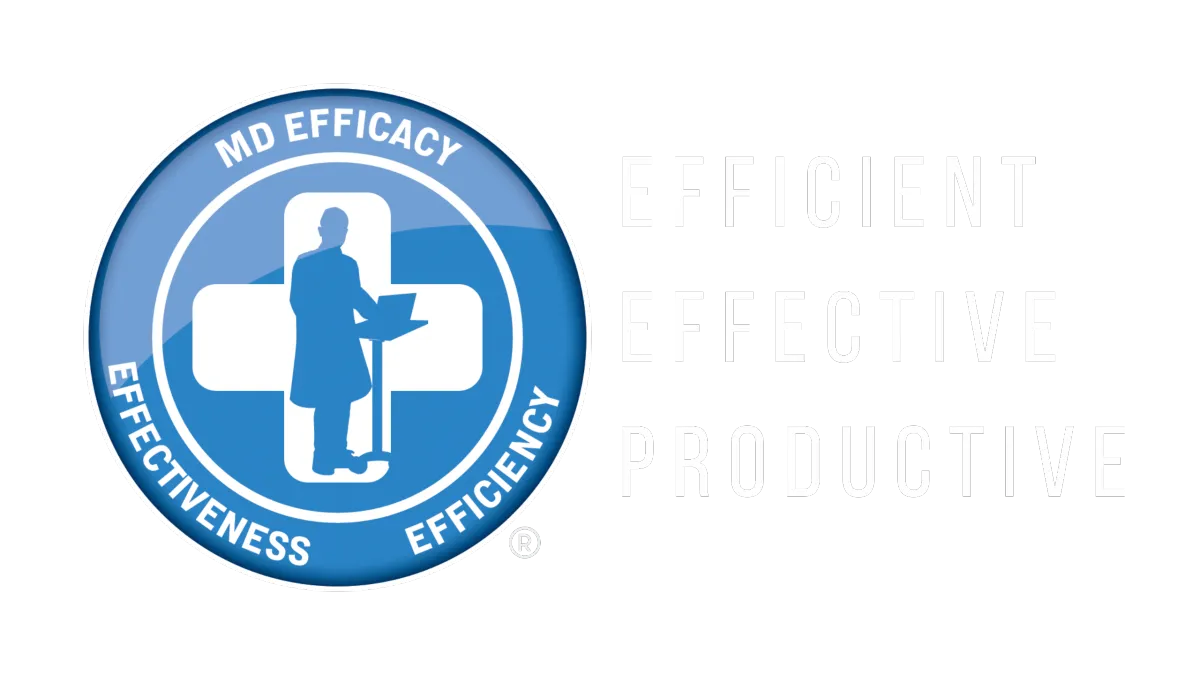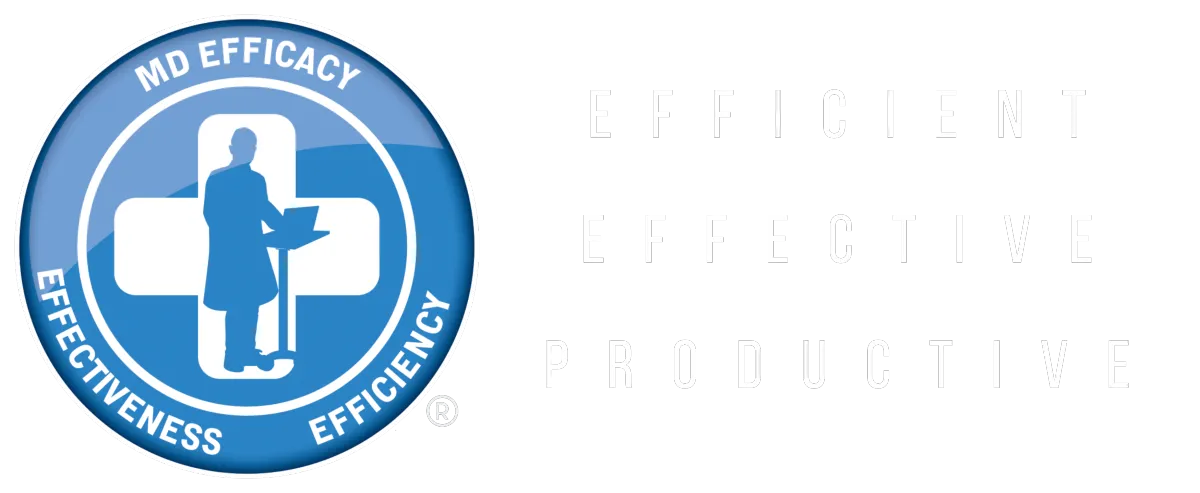One Tweak to Finish Your Clinic ON TIME – Physician Efficiency Series
Posted Feb 10, 2025
Today. Let's talk about one tweak to finish your clinic on time. And this is part of our physician efficiency series. Hi, I'm Mike Morkos. I'm an endocrinologist practicing in Indiana. And today I would like to share with you just one thing, but it can make a drastic difference in your workflow. And how can you improve your workflow and start on time and finish on time?
Workflow is very important. And before I talk about tweaks in the workflow, I would like to share with you that we in general are resistant to changes. We get to be biased and we like the current comfort zone where we are. Just be open to the idea that some changes can take you a far way.
Second aspect here is it is important that you assess your efficiency. It is important that you assess if things are going well or things can get better. And there are areas for improvement. And this is going to encourage you to get better and see where are the tweaks where you can improve.
The third aspect here is the Pareto rule the 20 80 rule that small changes can go a long way. I'm hoping that the one small change I am going to share with you today can go with you a far way.
The fourth aspect here is that it's important that all of us get to be humble and assess what is going on and be willing to change. That is very important. Our ego, arrogance and tendency to be resistant to change and stay where we are usually doesn't help us.
Let me ask you a question about your workflow. How do you see your patients? Do you stick with the visit time? And even if the patient comes like 30 minutes or an hour earlier, you're going to ask your MA to just wait. And when their visit time comes, they're going to be roomed, or you follow that concept of first come, first serve. And if a patient comes early, they can be seen early.
I will not talk here about late patients because it can be a real can of worms, and I will discuss it later on when we talk about the no show policy and stuff around this area.
If you like the content, please subscribe, like and share to others who may benefit from it.
Let's imagine a scenario of your workflow in one of your regular clinic days. Assuming that you have 20 minutes slots for established patients. And it's 10:05 now, your 10:20 a.m. patient arrived at 9:45. They came like 35 minutes early and your 10 a.m. patient arrived two minutes late. Now it is 10:05 and you got two patients who are waiting for you: one who arrived at 10:02, who's your 10 a.m. patient. And one who arrived at 9:45, who's your 10:20 a.m. patient. How are you going to see them?
One way of doing it is going by your regular schedule and just sticking with your schedule time. What's going to happen here that your 10 a.m. patient who arrived at 10:02 is going to be roomed first. The MA is going to likely take like 10 minutes to room them, and you are seeing them by 10:12 a.m. And assuming that you take the full 20 minutes to finish the patient with the note and everything. So you are seeing the next patient at 10:32, although they arrived by 9:45, this is the first option. And the first scenario.
The second scenario that you may consider that the 10:20 a.m. patient who arrived by 9:45 a.m. is going to be performed at that time, and they are ready for you at 9:55. Let's say you finished around that time, or maybe at around 10 a.m., so you went to that patient first. The next patient who arrived at 10:02, a bit late, is going to be roomed when they arrived. So this is going to be around 10:12. So you finished the patient who arrived first and then you go to the second and you are on time. A patient arrived early. Another patient arrived late. You are staying on track and you're finished on time, which is very important.
I have a few suggestions for you here.
Number one, notify your patients with the arrival time, not the appointment time. This is crucial because when the patient arrives, you don't get to see them immediately. They get to check in, your medical assistant is going to get notified. Your medical assistant is going to room them, take the vital signs and ask them the routine questions that you ask and all of that till they get ready to see you. It takes time. So you want to ask the patients to come on the specified arrival time, not the appointment time. If their appointment is at ten and your staff needs like 15 minutes to have everything ready for you, then they need to know that they need to arrive by 9:45. And this should be the unified time all through the system.
The second point here. And it is just a suggestion. Follow the first come first serve policy. Not sticking with the time of the appointments. Having said that, there are no promises to the patients of when they will be seen. Your MA should be very clear: We are going to room you, but we don't know when the doctor is going to come and they still can come on your appointment’s time, and not early. Yet, if you do that, it may help you so much. And it can significantly speed up your workflow that you leave your clinical time.
The third thing is you want to keep your workflow going and moving. You do not want to be stagnant with patients waiting outside. While you have no current patients to see, and your workflow is on hold. You don't want to do that.
There are several things that can significantly enhance your productivity and efficiency. We'll discuss them in later videos and you may consider checking my books: No Work After Hours and Physician Revenue Secrets. They cover many aspects to make your clinic more efficacious. Starting on time, finishing on time, and being more productive again. If you didn't already subscribe to the channel, share and like and I'll see you in the next video.
Thank you for watching.
MD Efficacy © 2025, All Rights Reserved.
By visiting this page, you agree to Terms of Use, Privacy Policy, & Earnings Disclaimer.

